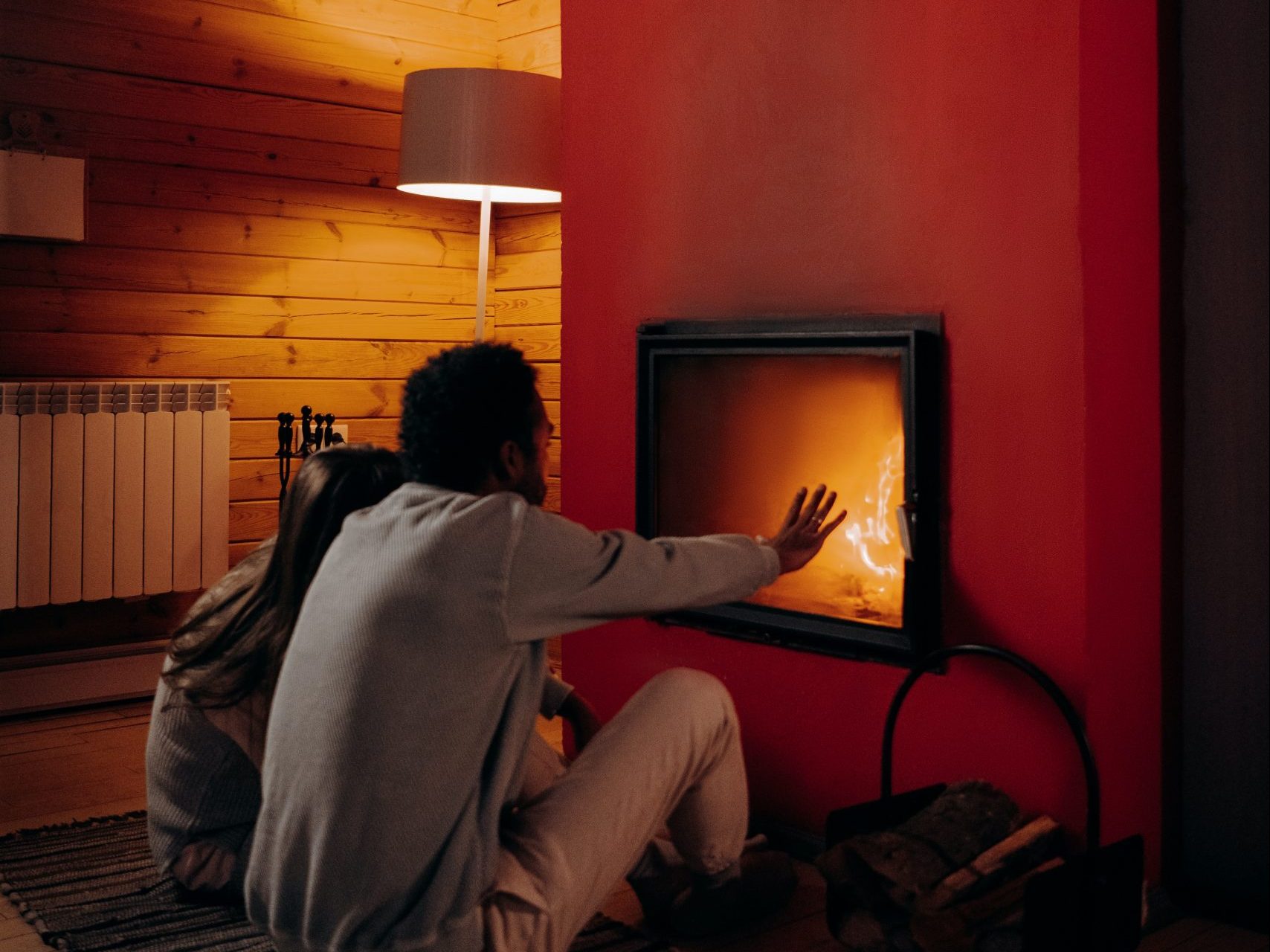Cold Weather Safety
The cold weather has arrived and winter is just around the corner. As the weather continues to cool, the risk of fire, carbon monoxide poisoning, frozen pipes, and other home disasters increases. Here are some ways to prepare your home and safely protect yourself against the cold.
Preparing Your Home
First things first, prepare your home for the cold weather, both indoors and outdoors. Ensure that insulation, caulking, and weather stripping are installed and in good condition. Clear your outside furnace, stove, fireplace, and gas dryer vents of snow or other debris. This will help to prevent carbon monoxide poisoning. Additionally, when cleaning off your roof and gutters, confirm that the gutters are working and secure as this can prevent ice dams. Make sure you are aware of the risks and hazards in your area so you can be adequately prepared for any event.
Fire Safety During Cold Weather
Half of all home heating fires occur from December through February, and one in every seven home fires involves heating equipment. Fire hazards during severe weather include:
- Lightning
- Portable generators that are not often used or maintained
- Appliances and cars exposed to water
- Debris near severed electrical wires and transformers
- Damaged or downed utility lines
- Exposed electrical outlets and wiring
There are many ways to keep yourself and others safe. Check for exposed wiring and use surge protectors to avoid electrical fires. Always keep objects at least 3 feet away from any heat source, and keep a screen around open flames. Never use gasoline to start a fire and never burn charcoal indoors. If you have a wood-burning stove or fireplace, do not close the damper if the ashes are still hot.
Prevent Carbon Monoxide Poisoning
Safely heating your home is important to prevent carbon monoxide poisoning. Be sure that monitors are installed and test them at least once a month. If you are running a generator, never use it indoors, and keep it away from doors and windows. When using a kerosene heater, crack your windows to allow the carbon monoxide to ventilate. Finally, NEVER heat your home with a gas oven. If your heat goes out, keep warm by closing doors to rooms you don’t need, dress in layers, and wear a warm hat
Keep Your Pipes From Freezing
Frozen pipes can cause flooding and electrical hazards. To prevent your pipes from freezing, let water trickle or drip from the faucet at night to keep water flowing. Open your cabinet doors for better air circulation and allow heat to reach uninsulated pipes. Keep your heat on and no lower than 55 degrees Fahrenheit. If you will be away for an extended period, have someone check daily to make sure your heat is on and your pipes are okay. You can also shut off the water system (except the indoor sprinkler system).
If your pipes do freeze, make sure you know how to shut off the water to keep them from bursting. Never thaw pipes with an open flame or torch. Instead, use a hair dryer. Finally, be aware of the potential for electric shock in and around standing water and take precautions to keep yourself safe.
Additional Resources To Keep Yourself Safe
Preparing for cold weather is an important part of keeping yourself safe this winter. For more safety information, check out Red Cross for general cold weather safety or the U.S. Fire Administration for fire safety during severe weather.
If you have been affected by a natural disaster in Oregon or Washington or would like to learn more about how we can help, reach out to us today.


